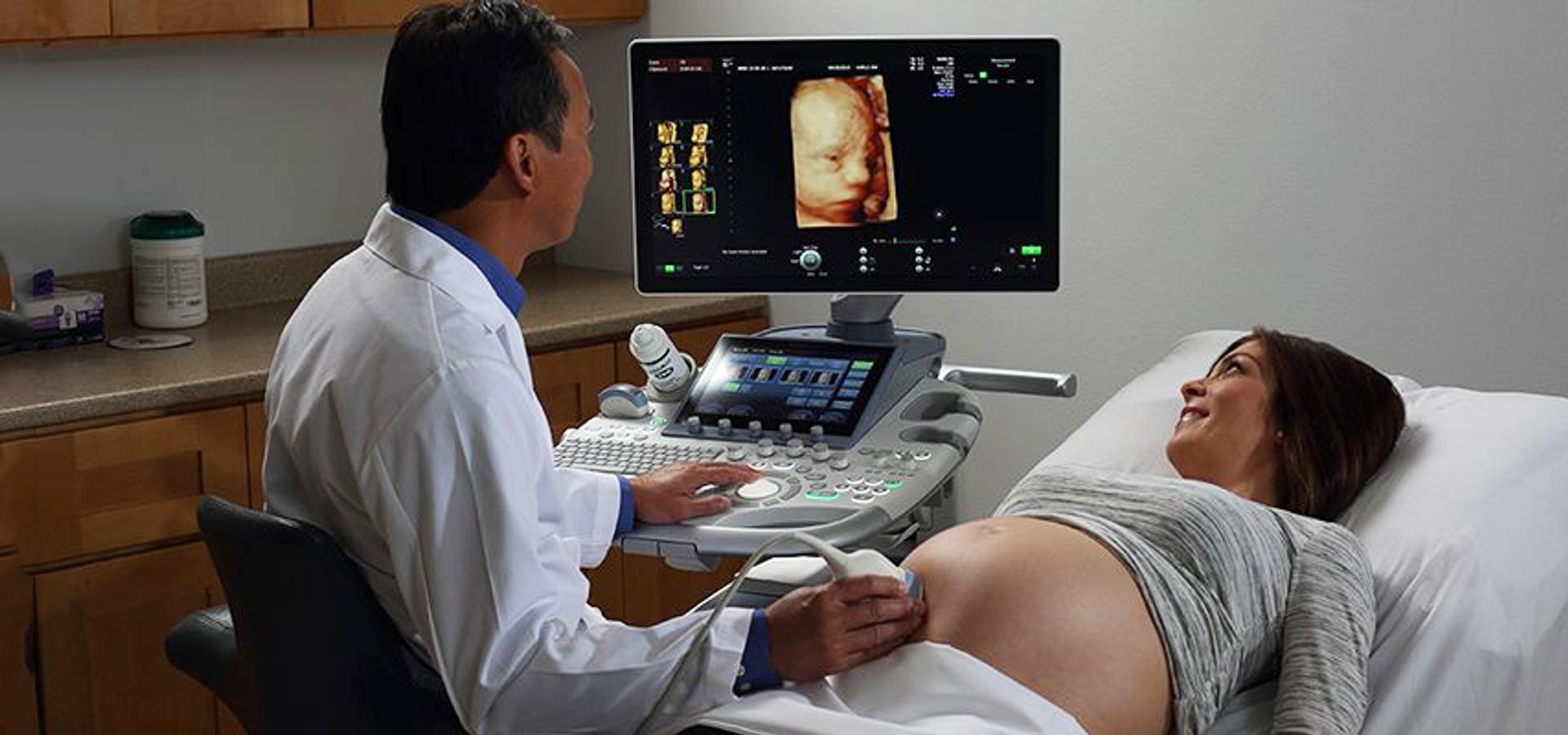From startup to global brand: a medical ultrasound success

Fresh out of university as a biomedical electronics graduate and brimming with entrepreneurial ambition, Wold started his first job in a small medical devices startup in Horten, Norway in 1984. Joining a startup was an unusual choice at a time when most graduates gravitated towards major corporations.
“For me, it was all about the challenge of building something new; taking a risk in the hope of being part of something totally unique,” Wold explains. It’s fair to say the risk paid off, as he later became the CEO of GE Healthcare’s global ultrasound division.
Wold has followed the Norwegian medical ultrasound ecosystem for the nearly 40 years it has supplied the world with cutting-edge equipment. And Norway continues to keep up.
“This industry has become extremely fast-developing,” emphasises Wold. “It’s not like the phone industry where there is a new iPhone coming out every year. With medical ultrasound there is a new product every month. Over the last decade the GE Healthcare ultrasound team brought out 20 new products every year – some are replacements, some brand new. You need to build strong innovation environments with a global approach to be able to do that.”
From ski flow to blood flow
The story behind the Norwegian ultrasound success traces back to the post-wartime company Vingtor which specialised in marine electronics. The name Vingtor came from the god of lightning and thunder in Norse mythology, known as Tor or Thor. Many tales describe how Tor hit the clouds with his hammer to produce lightning – he could even be called the god of electromagnetism.
In 1986 Vingmed Sound was founded to refine the Vingtor business and include medical technology products in its range. The company picked up on the excitement around the pioneering work being done in medical ultrasound by Professor Bjørn Angelsen, Dr Liv Hatle and their colleagues at the Norwegian University of Science and Technology (NTNU). Vingmed became their official industrial partner and launched a new version of Angelsen’s Doppler device to measure blood flow velocities in the heart as its first Norwegian product.
As a competitive cross-country skier and coach to Norway’s national team in the 1982 World Championships, Wold had developed a program to measure the comparable velocity of the skiers during the race. This sparked his interest in Vingmed’s ultrasound tool that measured the flow of blood to the heart – an unexpected parallel that kickstarted his career in medical devices.
“Never venture out in a snowstorm alone. Friends can offer a helpful perspective— to point out the best path or warn of icy patches ahead. Similarly, our partners play a critical role in our journey to improve healthcare outcomes. ”
Anders Wold
Business Development and Strategy Adviser, GE Healthcare
“Never venture out in a snowstorm alone. Friends can offer a helpful perspective—to point out the best path or warn of icy patches ahead. Similarly, our partners play a critical role in our journey to improve healthcare outcomes. By collaborating with customers, clinicians and solution providers, we can empower clinicians to tackle challenges from various angles looking at patients’ needs across the entire care pathway,” says Wold.
He has always kept focus on the customer: the patients and clinicians using the products. He looked for “clinical champions” in each location, from which he could establish a commercial reference point for every country and create a global industry.
Building a global brand
Vingmed promoted its brand by selling the Doppler technology to larger enterprises, such as Philips (previously HP/Agilent), Toshiba (previously Aloka) and Advanced Technology Labs, who marketed the technology under the Vingmed name.
In an interview with NTNU’s medical museum, one of the founders of Vingmed, Kjell Arne Ingebrigtsen, recalls: “It became a quality sign on the market if a device used Vingmed Doppler. When we launched our finished equipment, people had already heard of Vingmed before, and it helped a lot with marketing. An analogy can be made with the Intel Inside® campaign that established Intel as a household brand name.” [3]
The strategy was a resounding success but due to the scarcity of “biomedical venture capital” in Norway, Vingmed went through a series of acquisitions (Interspec 1988, Diasonics 1990, Elbit Medical 1994) before finding its place at GE Healthcare in 1998 [4].

Making ultrasound available anytime, anywhere
Anders Wold’s career rose along with the Vingmed name and reached the summit of the medical ultrasound pyramid when he was appointed GE Healthcare’s CEO of Global Ultrasound in 2008.
Under his leadership in 2009, the company launched the Vscan™ – the world’s first colour pocket-sized ultrasound scanner. TIME magazine dubbed the device “one of the most important inventions of the year,” due to the potential the portable and inexpensive device held for patients in developing countries [5].
“When we think about what people need right now in the context of healthcare, it’s access, quality and affordability,” says Wold. “Approximately 5 billion people around the world do not have access to a hospital. Fortunately, the miniaturisation and mobility of devices enable providers to reach beyond the walls of a hospital and offer patients access anytime and anywhere.” [2]
In 2021 the completely wireless version Vscan Air™ was launched, which displays crystal clear images on the user’s smartphone in real time. The architect behind the Vscan™ technology is Kjell Kristoffersen, GE Healthcare’s Chief Ultrasound Engineer of almost 40 years. Kristoffersen has been a major contributor in medical ultrasound innovation, developing a product line that put Norway on the map as a global leader in medical devices.
The revolutionary Vscan Air™ underlines the importance of fostering a strong innovation ecosystem involving collaboration between academia, clinicians and industry. It is also a tribute to Wold’s business acumen and ability to build strong global teams; he grew Vingmed’s ultrasound business at GE Healthcare mostly organic from USD 75 million revenue in 1998 to USD 2 billion in 2019. Today the company is a market leader and continues to create new markets through fast-paced technical and clinical innovation.
Spotlight on Norwegian ultrasound industry
This article was written by Leah Anderson on behalf of EXACT-Therapeutics AS, Innovation Norway, Norway Health Tech, Investinor AS and the Centre for Innovative Ultrasound Solutions (CIUS). The article is part of the series “The global reach of Norwegian ultrasound innovation”, which focuses on how Norwegian ultrasound innovation is impacting medicine globally.
